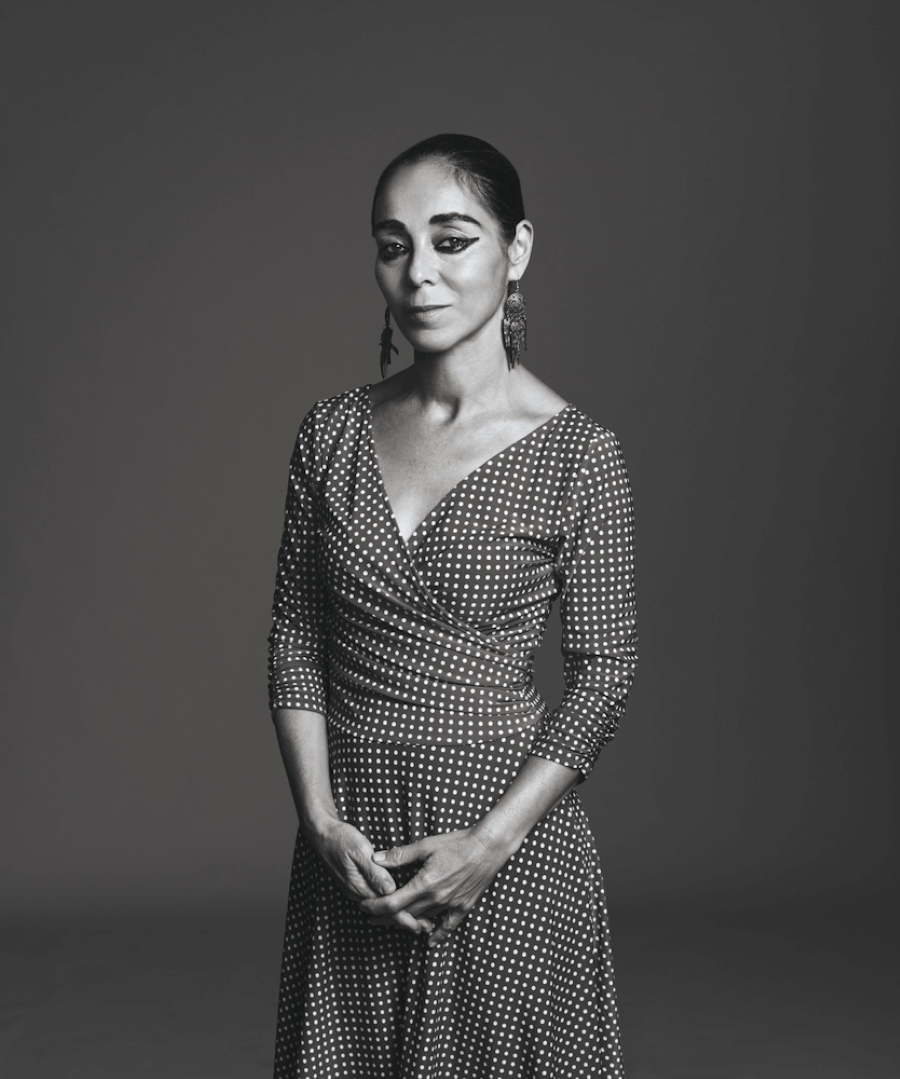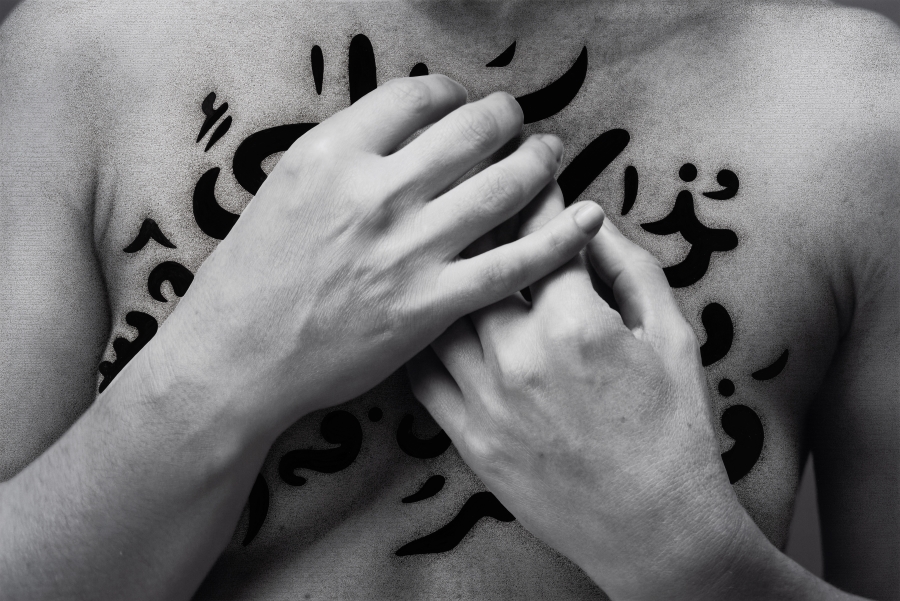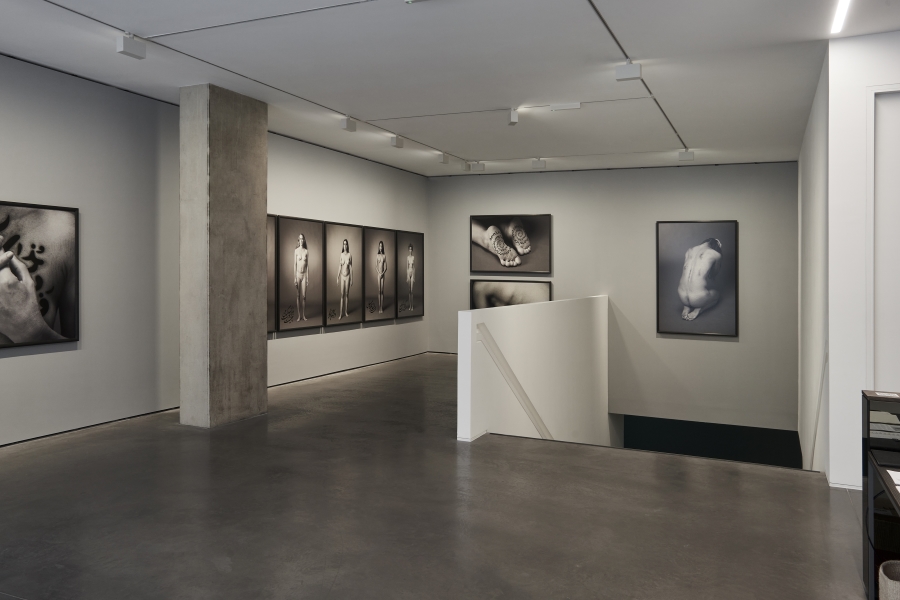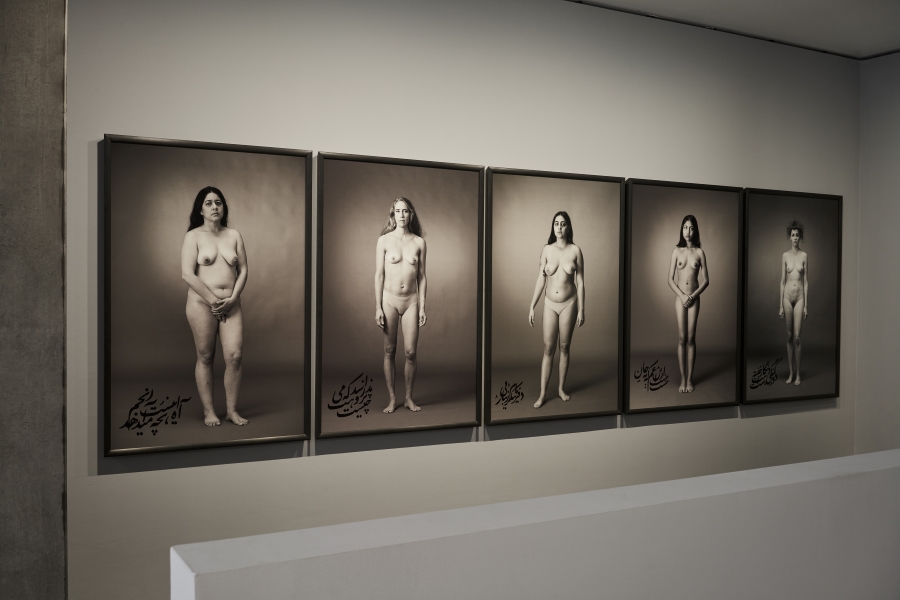
Q&A with Shirin Neshat: “We mustn't only focus on ourselves when witnessing the pain of others.”
Iranian artist and film-maker Shirin Neshat’s new work ‘The Fury’, explores the sexual exploitation of female prisoners while giving the stage to those whose voices sometimes get lost. Comprising a double-channel video installation and a series of photographs, ‘The Fury’ made its UK debut at Goodman Gallery in London. The virtual reality version of the film was also recently on show at LFF Expanded at the BFI London Film Festival.
We asked Neshat about the process of working on this new body of work, what inspired her to explore the theme of abuse and trauma and what role she believes artists should have in society.
 Shirin Neshat © Rodolfo Martinez
Shirin Neshat © Rodolfo MartinezCould you describe the process of working on this new piece, ‘The Fury’, and what kind of effect it had on you? Was there anything new you discovered about yourself and your creative process?
The inspiration for 'The Fury' originated from my homeland, Iran, and my deep interest in the stories of women who have been subjected to sexual abuse as political prisoners. We shot ‘The Fury,’ in my neighbourhood in Brooklyn, New York, in an area full of people from different parts of the world. I developed the idea when I was on my daily walk. I realised that what I love about this place is a sense of community to which I belong. Everyone there is a newcomer to a foreign land. Somehow, this made me think about the image of a woman dreaming of another land while living in a place that feels foreign and disconnected. It is a story about an Iranian woman living in Brooklyn who is traumatised due to her harsh past and, therefore, cannot find it in herself to connect to the present. Eventually, the past and present of her space and the exterior of the public converge together, and that is how everything comes together.
Shirin Neshat's 'The Fury' at Goodman Gallery in London. Installation view.
What motivated you to delve into the theme of abuse and trauma, especially within a political context?
I used to listen to the trial of the very notorious Iranian prosecutor. During the trial, a lot of people came forward with testimonies connected to their family members who were executed and tortured in the prison under his governance. He was responsible for the massacre of over 3000 people. It shocked me to hear about the stories of these young people and it made me think of the torture the others, whose stories we don’t know about, go through. I thought about the tragedy of women who were raped in prisons and forever traumatized by it, as the damage is not only physical but mental. Once a person goes through that experience, the boundary between sanity and insanity is broken. This experience is not unique to Iran and, unfortunately, is a universal experience shared by many.
 Shirin Neshat. Flavia #2, from The Fury series, 2023. Digital c-print and acrylic. Work: 121.9 x 182.9 cm. Edition of 5
Shirin Neshat. Flavia #2, from The Fury series, 2023. Digital c-print and acrylic. Work: 121.9 x 182.9 cm. Edition of 5Can you discuss the choreography featured in the film and its meaning and significance?
I have a strong interest in conveying emotions through movement, and in the process, it takes on a sculptural quality. This is evident even in my past works like 'The Rapture,' where I often utilise choreography to narrate the story through movement, even if I wasn't consciously aware of it at the time. As a visual person, I am drawn by storytelling through the human figure and various body movements. For me, it goes beyond just dance; it involves creating rituals through the formation of the body. It's a potent tool for storytelling without words, and I consistently use it symbolically with precision.


